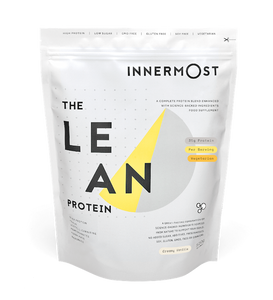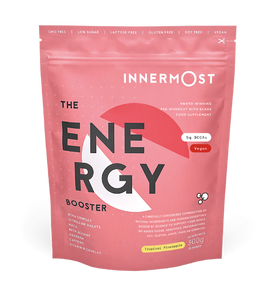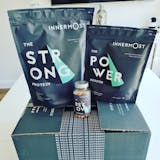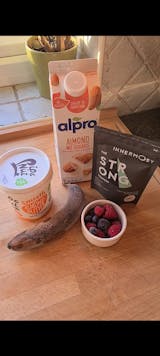In 2014, Jack Tang and Giles Williams founded Urban with the intention of starting a massage-at-home service. However, what started as a way to book wellness online become much more. We recently spoke to Jack to find out about Urban's journey over the past few years, how they've dealt with lockdown, and how he ensures he take care of his own personal health and wellness.
Hi Jack! So what inspired you to launch Urban?
In 2014, my business partner and I saw how unfairly wellness professionals were treated in the industry. They would often be working in salons and taking home as little as 20% of the service price. We saw this as an opportunity to disrupt a growing industry and not only offer a fairer share of the economics for the professionals, but also provide customers with on-demand wellness at their fingertips. This is something that I believe is now more important than ever.
Why is wellness and taking care of ourselves so important in this modern day and age?
Wellness is more important than ever during the COVID-19 pandemic. Taking time to care for ourselves helps with all elements of mental wellbeing, from coping with stress, to dealing with turbulent situations, and generally living healthier and happier lives.
More broadly, we’re all living much faster-paced, busier lives, which makes self-care and taking time out of our day to focus on our own wellbeing increasingly more important.
What makes Urban stand out in a market that’s becoming increasingly more saturated?
We’re constantly innovating and solving the broken experiences within the industry in order to place our customers (both end users and practitioner partners) at the heart of everything we do. We invest heavily in tech to ensure we offer the best in class experience. We recruit great people who are deeply passionate about this industry and we have nurtured a strong community of partner professionals to offer their services on the Urban platform.
Can you explain how technology has played a key role in Urban’s development?
Technology is at the core of our business. It is the underlying platform that hosts all of our partner-practitioners’ businesses and is where customers can discover and book them. We use technology to solve complex problems and make mobile businesses far more efficient (for example, routing and shortening travel time between appointments, diary management, payments, reviews and rating), while at the same time giving our customers access to on-demand wellness at a moment's notice. We offer and will continue to offer a wide suite of tools for partners to run their businesses more effectively.
Urban was founded on the principle of having therapists come to wherever the customer is. How was this affected by lockdown and how did Urban overcome the obstacles presented by this time?
Lockdown has not only directly affected our business, but it has also prevented our partner-practitioners from going about their own daily business and earning an income. At the start of lockdown, the team worked tirelessly to launch a digital pop up consisting of private one-to-one video sessions that allowed us to continue to provide an income to our practitioner community, as well as staying connected to our customers and enabling them to stay well during lockdown.
We’ve also partnered with Collective Benefits to provide mental health support to our partner-practitioners during this time, giving them access to mental health practitioners for live support. Additionally, we’re also working with the financial services company Steady Pay to offer our partners a stream of advanced revenues using their historical trading history on the Urban platform. This is money which is to be paid back when they're able to resume their activities at a later date.
How do you ensure that you take care of and prioritise your own personal wellness, mentally and physically?
At the core of my own wellness regime is regular eight hours of sleep - I think this is really important and underestimated by a lot of people in business. I also make sure to put away my phone and enjoy quality time with my family and friends as much as possible, be it while at dinner or simply doing the cooking and washing up in the evening.
Also, I have routine treatments help me to manage stress and anxiety. I make sure to have them regularly each month and find that they’re the perfect way to restart my body and mind.
What’s been the most rewarding part of growing Urban?
It definitely has to be seeing the impact that we've had on both our customers' and partner-practitioners' lives. It has been transformative for the financial wellbeing of our partners, and has empowered our customers to look after themselves in a way that fits around their busy schedules.
To learn more about Urban, you can find them here. For an exclusive 20% off Urban's services, use code INNERMOST20.























